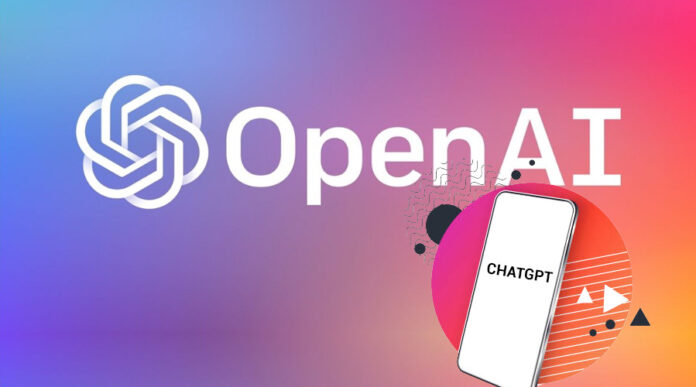ALARM: By 2026, AI May Lack Data for Learning, Study Reveals
By Abbas Badmus
As artificial intelligence advancements outpace available training data, AI companies are resorting to human writers to fuel their learning algorithms.
Traditionally reliant on gig workers for basic tasks, companies like Scale AI and Surge AI are now recruiting part-time workers with advanced degrees to craft essays and prompts for AI consumption.
Scale AI, for instance, is actively seeking individuals with Master’s or PhDs and proficiency in English, Hindi, or Japanese, alongside writing expertise in areas like poetry, journalism, and publishing.
With tens of thousands of contractors on its platform, the demand for skilled human input is evident.Willow Primack, Vice President of Data Operations at Scale AI, emphasized the crucial role of human-generated data in enhancing AI utility, particularly emphasizing the need for creativity and expertise.
This shift towards more sophisticated gig trainers coincides with tech giants’ urgency to find fresh data sources as existing reservoirs deplete rapidly. With predictions suggesting AI could exhaust available data by 2026, companies are exploring novel strategies to ensure continuous learning.
From contemplating accessing user data in productivity tools like Google Docs to considering acquisitions of vast data repositories like publishing houses, companies are innovating to sustain AI development.
As the race to feed AI algorithms intensifies, the collaboration between human intellect and machine learning algorithms emerges as a pivotal strategy in overcoming data scarcity challenges and advancing AI capabilities.
















